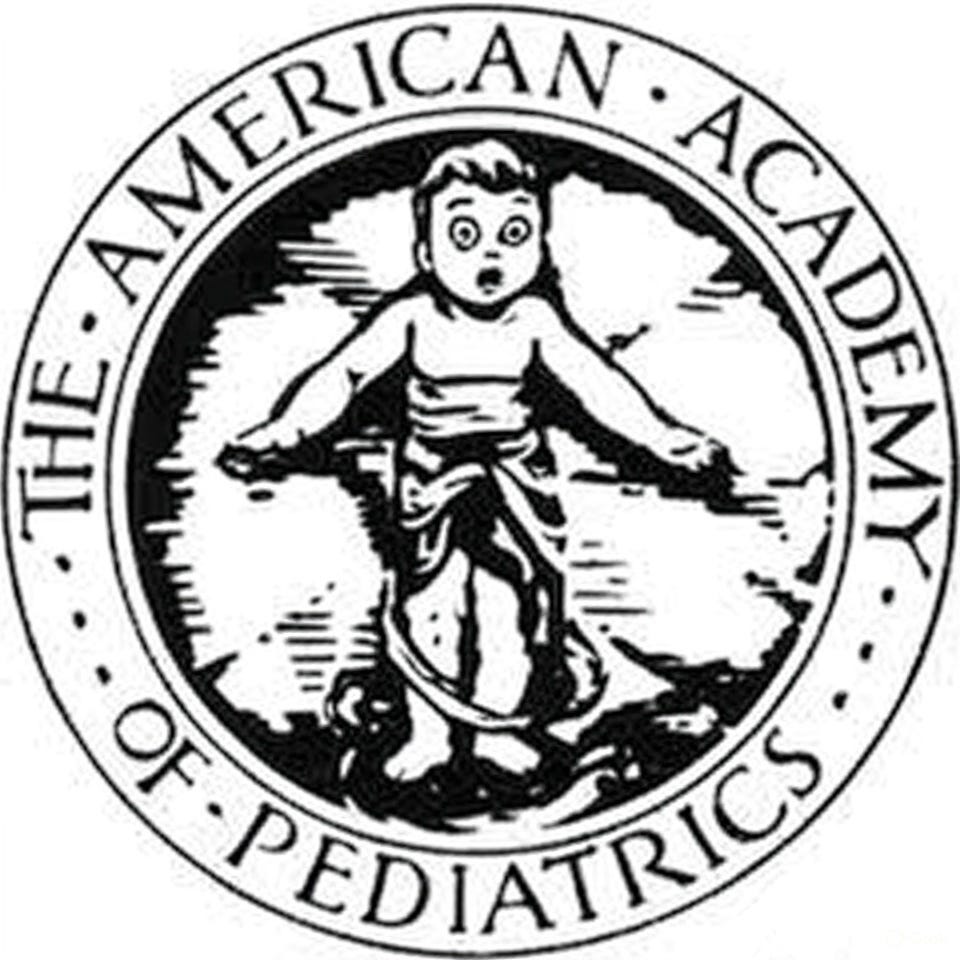What's Gone Wrong with the AAP?
The American Academy of Pediatric's response to the new HHS report shows how badly it has lost its way
Last week, when the U.S. Department of Health and Human Services (HHS) released its highly anticipated report, Treatment for Pediatric Gender Dysphoria: Review of Evidence and Best Practices, the American Academy of Pediatrics (AAP), led by President Susan Kressly, immediately dismissed it as “deeply alarming” and “misleading.” The AAP’s defensive reaction to the HHS report highlights the dangers of advocacy-driven policies in professional organizations.
The AAP’s stance is beyond misguided. Their 2018 policy, Ensuring Comprehensive Care and Support for Transgender and Gender-Diverse Children and Adolescents, recommends puberty blockers and hormones for minors with gender dysphoria, claiming these are “reversible” and backed by a “medical consensus.” No such consensus exists. Puberty blockers have been severely restricted or banned in the UK, Sweden, Finland, and Norway, with Italy and France likely to follow suit.
The HHS report, which the AAP quickly dismissed, aligns with the 2024 Cass Review’s findings of “weak” evidence for gender-affirming care and notes risks such as bone density loss and neurocognitive impacts. Its systematic review of existing studies found no robust evidence supporting these interventions and highlighted potential irreversible harms. Instead, it emphasizes psychotherapy as a first-line treatment, in line with practices in the UK and Sweden.
The AAP’s recommendations have influenced policies at numerous U.S. children’s hospitals and gender clinics, illustrating the consequences when professional organizations prioritize advocacy over evidence. What happened to the AAP?
The American Academy of Pediatrics: Then and Now
The AAP, once a trusted authority on child health, was founded in 1930 by 35 pediatricians to professionalize pediatric care. It built its reputation on rigorous research and clinical guidelines, growing to 67,000 members by 2022. Early on, the AAP focused on elevating clinical practice through textbooks, professional references, and its flagship journal, Pediatrics. From the 1970s, however, it shifted toward public health and advocacy, launching campaigns like “Speak Up For Children!” to influence legislation and engage parents. While advocacy can amplify science, the AAP’s policies since the 1990s have increasingly drifted toward ideological priorities over robust evidence.
A Pattern of Questionable Advocacy
The AAP’s stance on pediatric gender transition is not its only controversial position. Its recommendations on breastfeeding, male circumcision, and adolescent abortion have also faced scrutiny.
Breastfeeding Guidelines: The AAP recommends exclusive breastfeeding for six months and continued breastfeeding for two years. Critics argue this emphasizes feeding method over nutritional outcomes and offers insufficient support for mothers who cannot or choose not to breastfeed. A 2018 Lancet review found mixed long-term benefits of extended breastfeeding, yet the AAP’s stance remains rigid.
Elective Male Circumcision: In 2012, the AAP endorsed elective male circumcision, citing benefits like reduced HIV transmission. However, the policy downplayed risks and cultural considerations, drawing criticism from European pediatric societies that view the evidence as inconclusive. A 2013 Pediatrics article noted the AAP’s reliance on studies with methodological flaws, undermining its objectivity.
Adolescent Abortion Rights: In 2022, post-Roe v. Wade, the AAP opposed restrictions on adolescent abortion access. While framed as protecting youth autonomy, the policy sidestepped ethical questions about informed consent and parental involvement, relying on advocacy-driven rhetoric rather than comprehensive data on adolescent decision-making.
These policies share a common thread: they rely on selective evidence, present complex moral questions as simple matters of science, and sideline debate, alienating parents and pediatricians alike. Worst of all, they threaten to undermine the authority of all pediatricians in the process.
A Crisis of Credibility
The AAP’s policies lack the rigor once synonymous with the organization, and people are starting to notice.
2021: 80% of AAP members supported more debate on hormone therapies, but leadership ignored this call; The AAP rejected a booth from the Society for Evidence-Based Gender Medicine at its 2021 conference, stifling critique.
2022: Resolution 27, proposing a review of the 2018 gender policy, was suppressed;Genspect’s open letter urging an evidence-based reassessment was ignored.
2023: A lawsuit filed by detransitioners alleged that the AAP and affiliated doctors harmed plaintiffs by promoting “gender-affirming” treatments, including hormonal interventions, without adequate mental health support, violating state deceptive-practice provisions.
2024: A letter from 22 attorneys general accused the AAP of misrepresenting puberty blocker safety.
2025: The AAP rejects the 405 page HHS report on the treatment of gender dysphoria within hours of its release.
This record raises doubts about the AAP’s fitness to guide pediatric care. Its recommendations, implemented at significant cost across hospitals, alienate members seeking evidence-based tools and confuse parents looking for advice, not advocacy. The Department of Government Efficiency (DOGE) review of federal spending could limit the AAP’s influence if grants are cut. If the organization continues to turn a blind eye to the lack of evidence for pediatric transition this might not be such a bad thing.
To restore its legacy, the AAP must recommit to its founding mission: advancing child health through science and rigorous engagement with the expertise and experience of its membership, not by seeking to exploit its authority for advocacy.
Genspect publishes a variety of authors with different perspectives. Any opinions expressed in this article are the author’s and do not necessarily reflect Genspect’s official position. For more on Genspect, visit our FAQs.





For all of these agencies to change their recommendations now would be to admit wrongdoing in the past. And to admit to the harm that they all not only allowed but also encouraged to happen to countless children and families.